Did you know that early jet aircraft used Willys Jeeps to start their engines? Since the early jets did not have onboard power units, they required portable APU’s, or Auxilary Power Units. Based on the Willys CJ3A, they used a power take off to power a generator capable of producing DC, as well as AC on some units.
There was a few different versions of Jeep APU. The biggest difference was that some were 4 wheeled and some had 3 wheels. On the later, the reat wheels and axle were removed and replaced by a single wheel in the centre that did the steering. The front wheels were fixed and only used for powering it forward or backwards.
Most of the Jeep APU were built by O.E Szekely Associates from Philadelphia while Velentine Welder Co did also manufacture a four wheeled version.

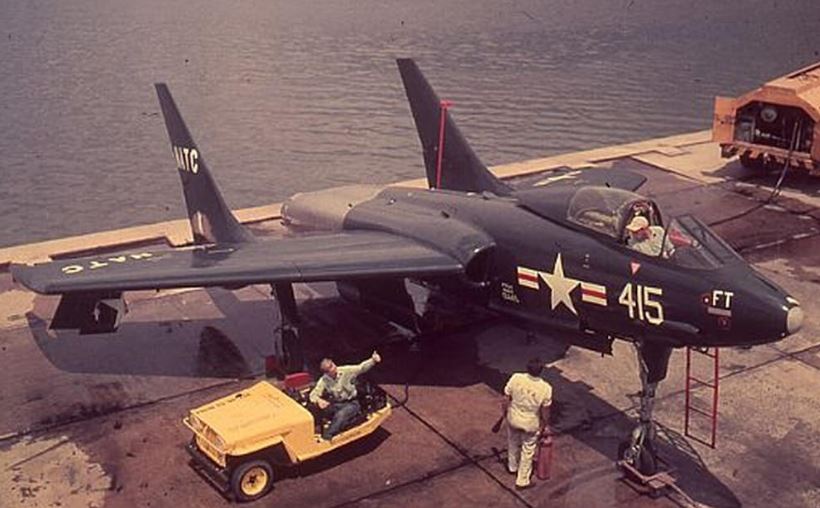
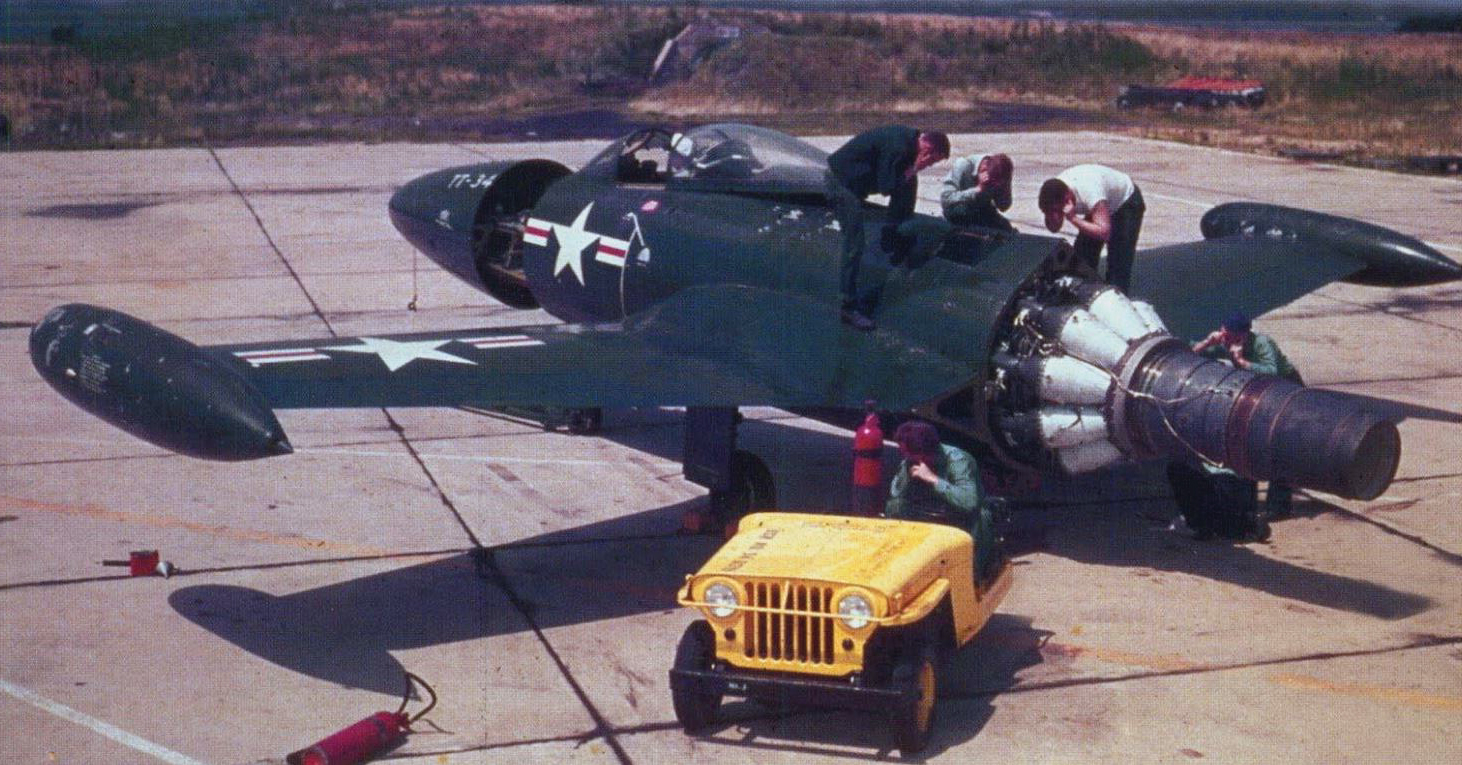
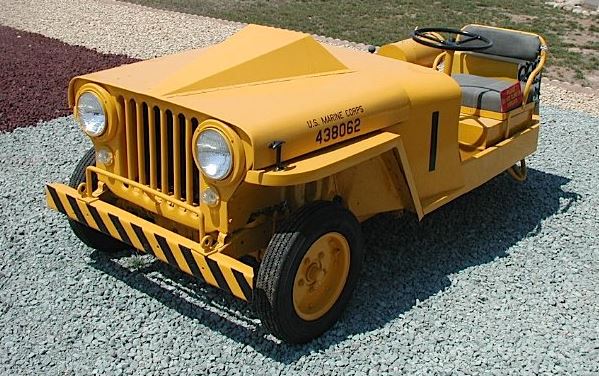
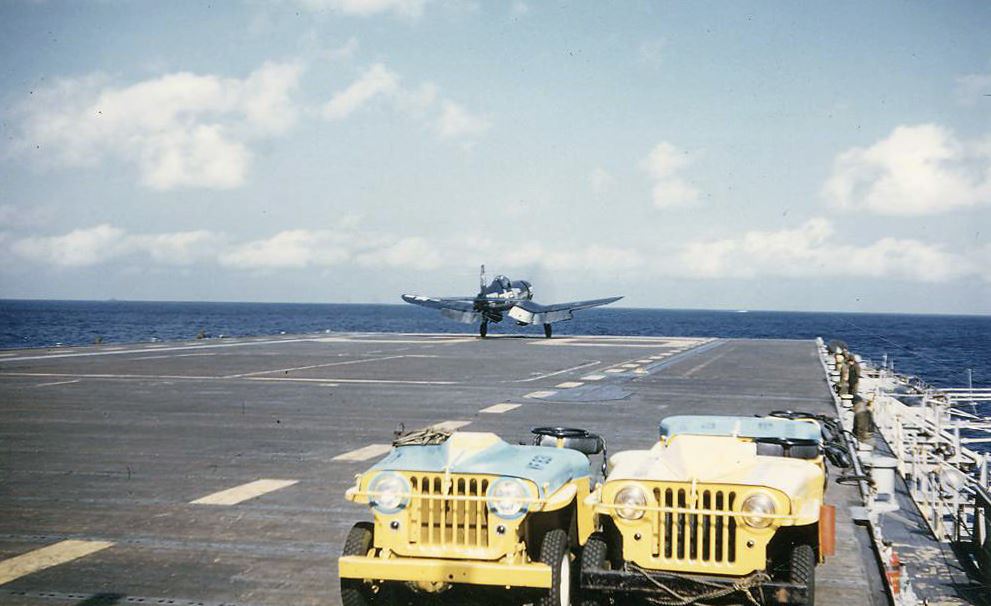
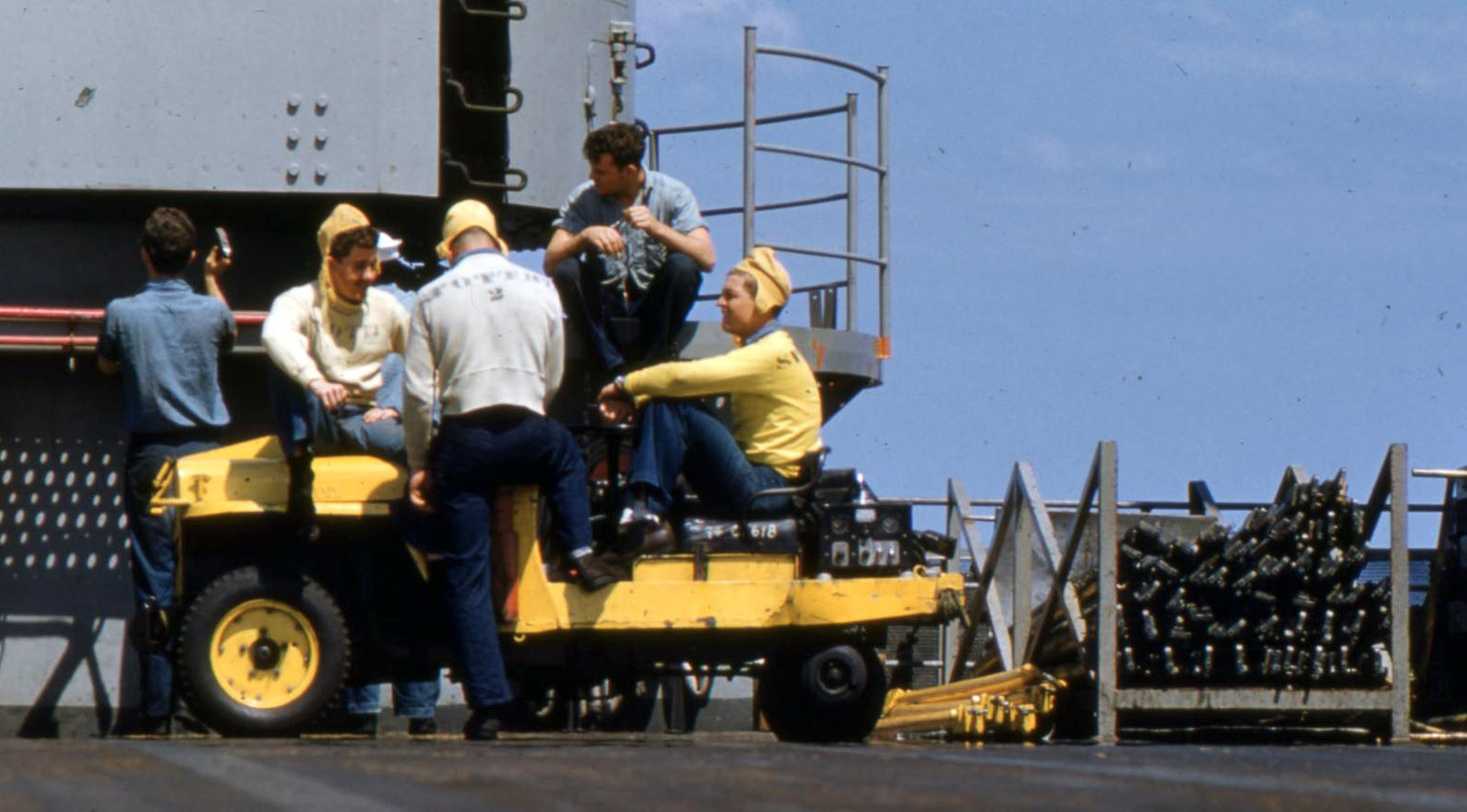
The first and fourth photos are interesting. In the first one, the aircraft being started, No. 415, doesn’t quite fit the category of “early jet,” as it seems to have a swept wing. To my knowledge, the first U.S. plane that had a swept wing was the F-86 Sabre Jet fighter first flew in late 1947 and gained fame over Korean skies in the early ’50s.
The fourth photo, while showing two of the jump starters on the deck of an aircraft carrier, also includes a plane taking off that is most definitely not a jet. It’s an F4U Corsair, which was a formidable Navy and Marine fighter in the Pacific theater of WWII. Its most notable features were inverted gull-wings and an immense propeller, which is faintly visible in the photo.
The first plane is a F7U-1 Cutlass during testing at NAS Patuxent River.